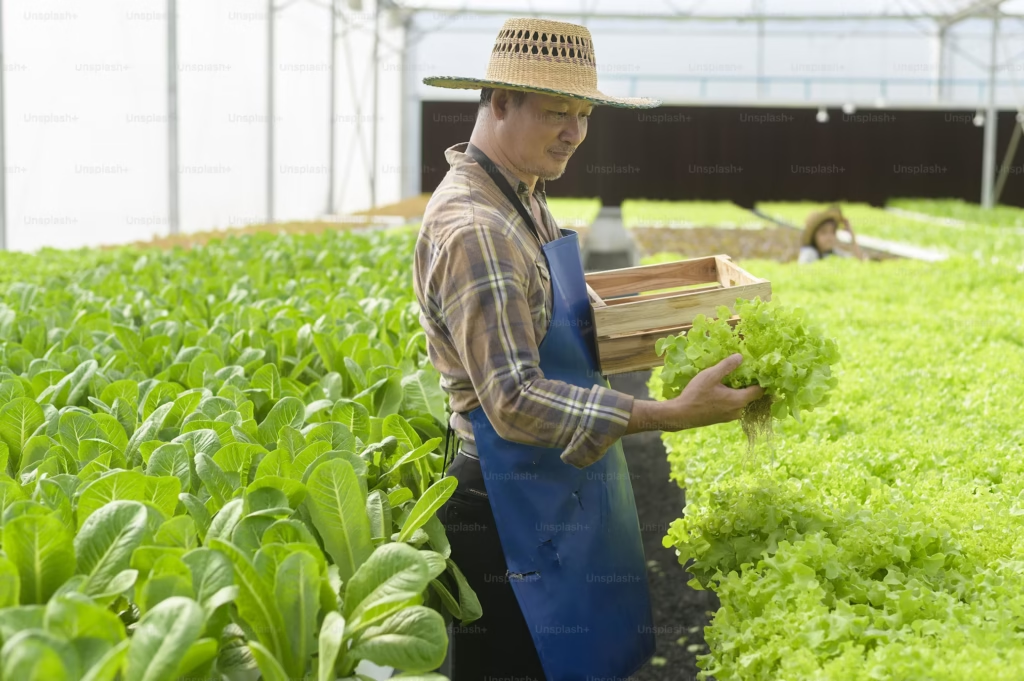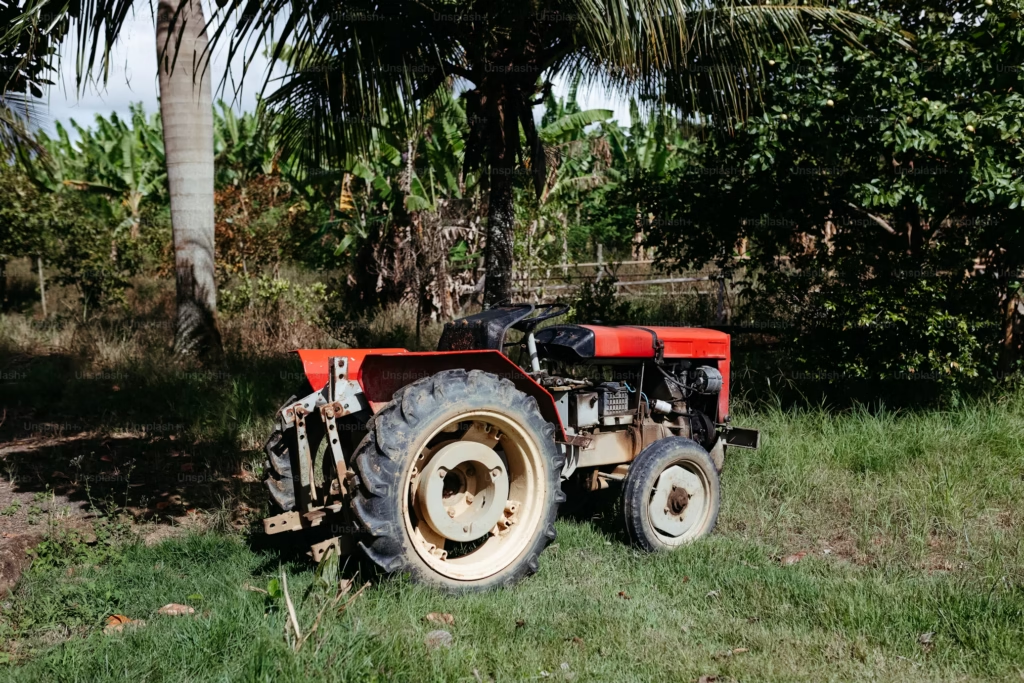
How to Apply for Government Agricultural Subsidies
Government agricultural subsidies are essential for supporting farmers in reducing production costs, promoting sustainable farming practices, and increasing agricultural productivity. These subsidies can help you invest in better equipment, buy quality seeds, improve irrigation, or shift to more sustainable farming methods. However, the process of applying for these subsidies can be complex. Here’s a guide on how to apply for government agricultural subsidies effectively.
1. Understand the Types of Agricultural Subsidies Available
Before applying for agricultural subsidies, it’s important to understand the various types of assistance that may be available. Some common subsidies and programs offered by governments include:
- Direct Payment Subsidies: These payments are often given to support farmers’ income, ensuring they can remain economically viable.
- Production Subsidies: These subsidies support specific types of agricultural production, such as grain, dairy, or livestock farming.
- Conservation Subsidies: Governments may offer financial incentives for farmers to implement sustainable or conservation practices, such as reducing water usage or using eco-friendly fertilizers.
- Research and Innovation Grants: These funds support agricultural research and innovation to improve farming practices or adopt new technologies.
- Crop Insurance Subsidies: Governments may offer subsidies to help farmers cover risks associated with crop failure or market instability.
- Infrastructure Grants: These subsidies support investments in farming infrastructure like irrigation systems, warehouses, or machinery.
Each subsidy type has different eligibility criteria and funding levels, so it’s crucial to research the specific programs available in your region.
2. Check Eligibility Criteria
Eligibility criteria for agricultural subsidies vary by country and region, but generally, farmers need to meet certain requirements to qualify. Common eligibility factors include:
- Farm Type: Some subsidies are designed for specific types of farming, such as small-scale farms, organic farms, or livestock farms.
- Farm Size: In some countries, the size of your farm (measured in acres or hectares) may determine whether you’re eligible for certain subsidies.
- Income Level: Some subsidies are intended for low-income or economically vulnerable farmers.
- Sustainability Practices: Many government programs prioritize farmers who adopt environmentally friendly practices, such as organic farming or conservation techniques.
- Location: In some cases, subsidies are available only in specific geographic areas, such as rural regions or areas affected by natural disasters.
Be sure to review the full eligibility requirements for each program you’re interested in to ensure you qualify before applying.
3. Gather Necessary Documentation
To apply for agricultural subsidies, you’ll need to provide various documents and information to verify your farm’s eligibility and business operations. Key documents may include:
- Farm Registration Documents: These might include proof of land ownership, lease agreements, or farm registration numbers.
- Tax Identification Number (TIN): This helps government agencies track your subsidies and tax obligations.
- Financial Statements: Some programs require you to submit financial documents like profit and loss statements, tax returns, or balance sheets.
- Production Records: Provide data on the crops you grow, the size of your farm, and the amount of production.
- Proof of Environmental Practices: If you’re applying for subsidies related to sustainable or organic farming practices, you may need to provide proof of certifications or practices you’ve adopted.
- Insurance or Risk Management Documentation: If applying for crop insurance subsidies, you may need to present your existing insurance policies or risk management plans.
Prepare all required documents ahead of time to avoid delays in your application process.
4. Research Available Programs
Government agricultural subsidies are often offered through multiple programs, and finding the one that suits your needs is key. Here’s how you can start researching:
- Government Websites: Most national and regional governments have official websites dedicated to agricultural support programs. Look for sections related to farming or agricultural development. These sites typically provide up-to-date information on available subsidies, deadlines, and application processes.
- Agricultural Extension Services: Many countries have agricultural extension services that provide information and guidance on subsidy programs. They can help you identify programs you may be eligible for and guide you through the application process.
- Farm Associations: National or regional farm associations can often offer advice, updates, and direct assistance with subsidy applications. They may also advocate for farmers to receive better funding or support.
- Local Government Offices: Visit your local agricultural department or office to ask about subsidies available in your area. These offices often hold workshops and can provide application forms.
5. Complete the Application Process
Once you’ve gathered the necessary documents and identified the appropriate subsidy programs, the next step is to complete the application process. Here’s how you can go about it:
- Application Forms: Most programs require you to fill out an application form that asks for details about your farm, the type of assistance you’re requesting, and your business plan. Make sure to read the form thoroughly and fill it out correctly.
- Online Applications: Many government programs now allow you to apply online, streamlining the process. Visit the official website and look for the “apply” section for online submission. Be sure to attach any required documents and follow the steps as instructed.
- Manual Submissions: If the program requires manual submission, be sure to submit your application to the correct office. Double-check deadlines to avoid missing out on funding.
- Deadlines: Most subsidy programs have specific application periods, so keep track of important deadlines. Some programs have annual cycles, while others may have rolling deadlines based on available funding.
6. Follow Up and Compliance
After submitting your application, it’s important to stay engaged throughout the approval process. Follow these steps:
- Confirm Receipt: Ensure that the government agency has received your application. You may receive a confirmation email or letter.
- Stay Updated: Periodically check the status of your application by contacting the relevant department or checking your online application status.
- Compliance and Audits: If you’re awarded a subsidy, make sure you comply with all the program’s requirements, such as maintaining records, providing progress reports, or undergoing audits. Non-compliance can result in losing your subsidy or having to pay it back.
7. Use the Subsidy Effectively
Once you’ve received your agricultural subsidy, use the funds wisely. Whether you’re investing in machinery, seeds, or new technologies, plan how the subsidy will improve your farm’s operations in the long term.
- Track Expenditures: Keep track of how the subsidy money is spent to ensure it’s used for the intended purpose.
- Report on Progress: Some programs require you to submit periodic reports on how the subsidy is helping your farm. Stay on top of these requirements to maintain eligibility for future programs.
Conclusion
Applying for government agricultural subsidies can seem daunting, but with careful research and planning, you can access valuable financial support that will help your farm thrive. By understanding the types of subsidies available, ensuring you meet eligibility requirements, and following through with a proper application, you can secure funding to support your agricultural goals and ensure your farm’s long-term success.



